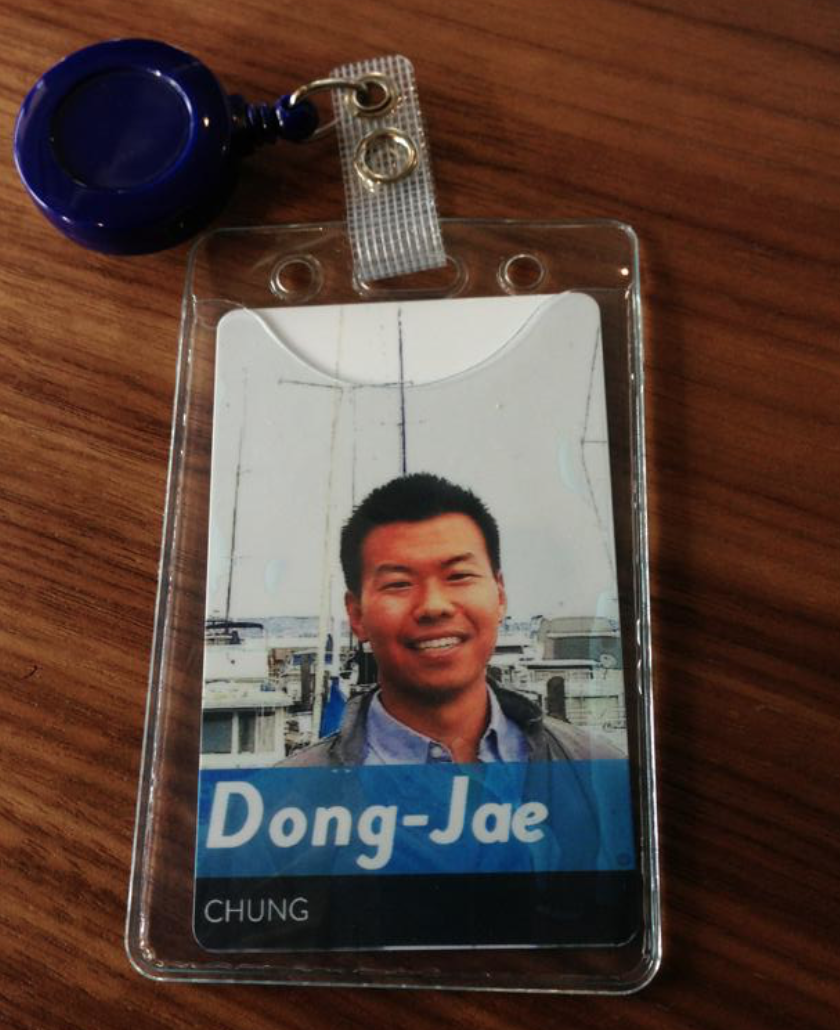In the four years I’ve been at Dropbox, I’ve had four different roles.
I started off in customer service with a quota of 100 support tickets to answer each day. Next, I transitioned to business development, pursuing partnerships with mobile OEMs and operators to accelerate Dropbox’s user growth. I then moved into product, as product manager for mobile platform, building the core foundation for the Dropbox iOS and Android apps. Now, I’m the product manager for the Camera Uploads and Doc Scanner features.
I’ve intentionally sought out each internal transfer in order to get closer to my career goals. Each role change has not only been a growth opportunity, but also a closer alignment with my interests.

Four Guiding Principles
Every company has its own internal transfer policy and process with its nuances. However, having navigated the internal transfer process multiple times, I’ve recognized patterns that are universally applicable to help you realize growth opportunities within your company.
1. Be excellent at your current role
Whatever your current role, do it to the best of your ability. Be known as a high performer within your team and company. If you’re not making the most of your current opportunity, it’s unlikely additional opportunities will come your way.
Being excellent at your role isn’t limited to achieving great results. It also includes having an attitude that positively contributes to the team culture. I’m specifically calling out attitude because when you have your sights on another role, it’s easy to become bitter or discouraged thinking you’re stagnating in your current role, especially if your progression toward a new role is taking longer than you expect.
2. Take on additional projects related to the next role you want
If you’re looking to transfer into a different function, one question leadership will have is if you have the necessary skillset to excel in the other role.
Demonstrate you have the skills necessary for the next role by taking on additional, relevant projects.
The main reason I was able to make the jump from customer service to business development is because I took on extra work to help resolve customer issues related to our partnerships. I became an expert in the product and technical details of the product integrations we had with our partner companies. This led to the business development team including me in their conversations with partners to help negotiate and resolve the technical aspects of our partnership deals.
As a result, when I formally pursued the move to the business development team, I’d already established that I had the skills to do the job.
3. Speak up for what you want
You, and only you, own your career. This doesn’t mean you’re on your career journey alone, but recognize that no one is going to find, evaluate, and secure the next role that helps accelerate your career for you.
If there are internal opportunities you want to pursue, make it known, tactfully and gradually. Make sure you’re having regular career conversations with your manager, letting them know the types of skills and experiences you want to develop. It is your responsibility for you and your manager to have the same understanding of what you want in your career. If you’re not already having regular career conversations with your manager, start immediately.
If and when an internal transfer opportunity comes up, find the right time and way to bring it up with your manager. Beforehand, do your due diligence with respect to any internal transfer policies you have to follow to make sure there aren’t logistical barriers. For instance, some companies require you to be in your current role for at least one year before being eligible to transfer to a different role.
Depending on your relationship with your manager, there can be some fear in bringing up this conversation and there may be internal politics you have to maneuver around. However, at the end of the day, if you don’t advocate for yourself, getting to where you want to go in your career isn’t going to even start.
4. Develop strong relationships to earn internal advocates
You own your own career, but you won’t make it far on your own. You need advocates to help you advance your career.
Advocates are those who vouch for the quality of your work, your work achievements, and your contributions to the overall team culture. Advocates are important to have for internal transfers because the hiring manager for the role you want will ask the people you’ve worked with about you.
Having a strong advocate internally can be the difference for whether or not a hiring manager is willing to take a leap of faith on you, especially if you’re going after a stretch role.
Internal advocates are earned and first require a strong working relationship built on trust and respect. Trust and respect are earned by what work you produce and how you produce that work. Are you outputting high quality work? Are you a reliable teammate? Are you a team player, going outside your own scope of work to help others be successful?
Over time, consistent focus on building mutual trust and respect with your teammates will convert your colleagues into advocates.
